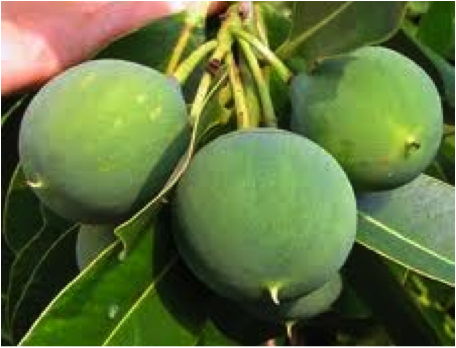Many different types of oils are promoted as being beneficial to skin; have you heard about tamanu oil?
Known also by its botanical name Calophyllum tacamahaca and/or Calophyllum Inophyllum, tamanu oil comes from what else – the Tamanu tree. Indigenous to tropical Southeast Asia, this tree is found in Thailand, Vietnam, Myanmar, Malaysia, South India, Sri Lanka, and the Melanesian and Polynesian islands. The tree grows up to three meters tall, sporting cracked, black bark and elliptical, shiny leaves. It blooms twice yearly and produces fragrant, white flowers, which yield clusters of yellow-skinned spherical fruit. The fruit contains pulp which tastes similar to an apple, within which a large nut is embedded. The nut contains an odorless pale kernel, which is dried in the sun for two months until it becomes sticky with a dark, thick, rich oil. This sticky oil is cold-pressed to yield tamanu oil, a greenish yellow oil similar to olive oil.
Tamanu oil has anti-neuralgic, anti-inflammatory, antimicrobial, antibiotic and antioxidant properties and has historically been used as a topical healing agent. Historically, natives believed the Tamanu tree was a sacred gift of nature and that gods hid in its branches. It was their answer to skin protection from hot sun, high humidity and ocean wind.
Today, tamanu oil is used in cosmetics for its skin smoothing and softening properties and is used to add color and scent to perfumes, lotions and creams. You may find it promoted for other skin benefits, and while there is anecdotal evidence to support its effectiveness for a range of conditions including Athlete’s foot, eczema and psoriasis, this is largely unproven.
Have you used tamanu oil?




